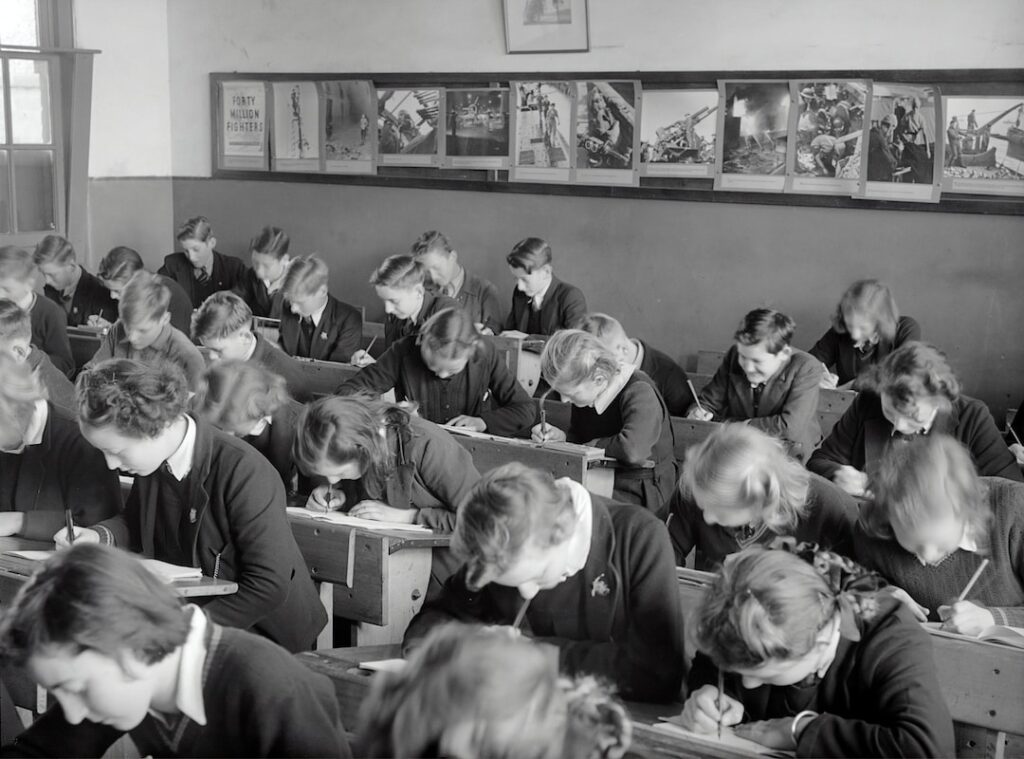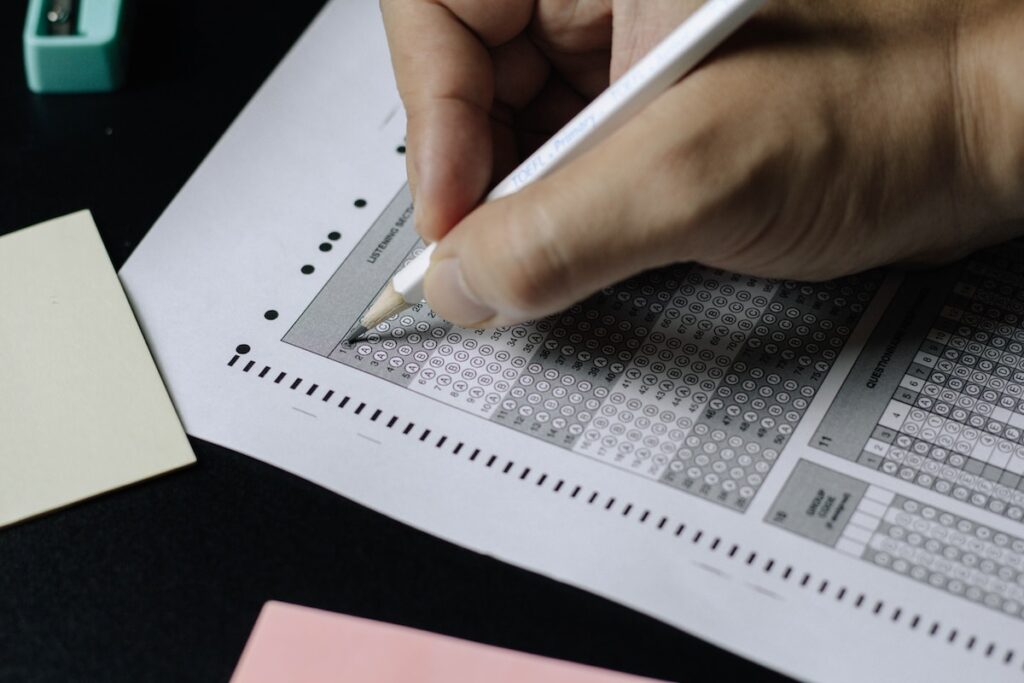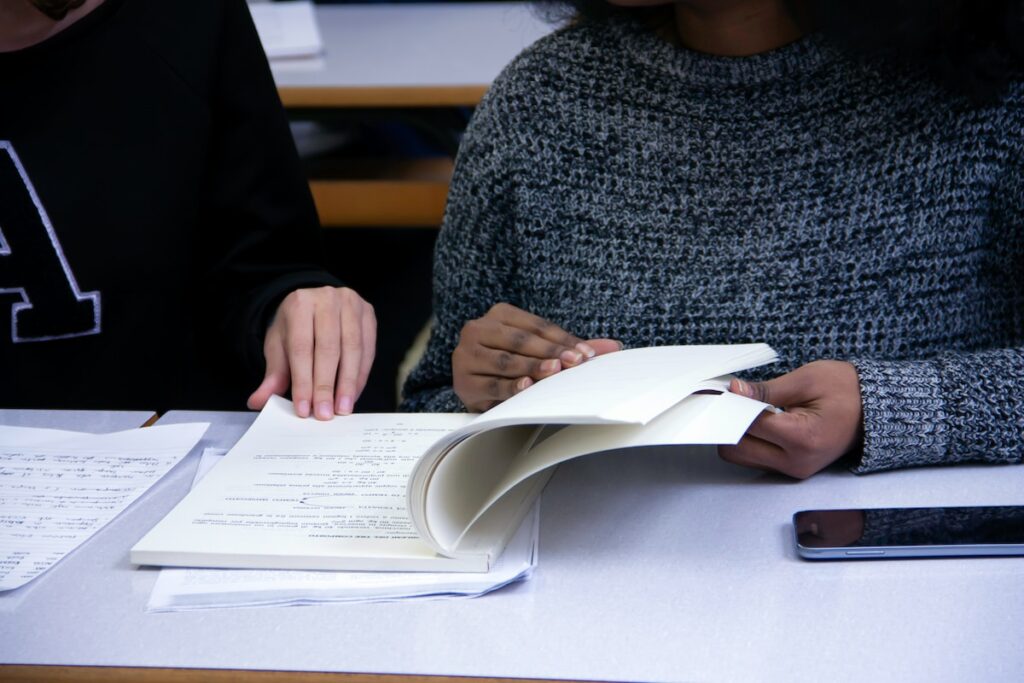Do you ever think who invented the exam? Examinations are an integral part of modern education systems and deeply ingrained in how we evaluate academic performance and knowledge. But standardized testing on a large scale is a surprisingly recent phenomenon. This longform explores the origins and evolution of exams across different civilizations and key developments that shaped testing as we know it today.
Join me as we journey through history to discover: Who invented exams?
Ancient Civilizations and Early Evaluation Methods
Long before scantrons and number 2 pencils, ancient societies developed creative ways to measure student progress through oral questioning and written tests reserved for elite scholars.

Oral Exams Predominated in Ancient Cultures
- In ancient India and China, oral exams helped preserve sacred Hindu scriptures and Confucian philosophy passed down generationally.
- Socratic questioning – interactive, probing dialogues between teachers and pupils – became a hallmark of Classical Greek scholarship.
- Rabbis in ancient Jewish traditions tested comprehension of the Torah through discussion-based oral exams called siyum ha-Talmud.
Oral exams endured for centuries as the default for assessing scholars in many cultures prior to widespread written language and literacy.
Written Exams: The Domain of the Elite
While commoners relied almost exclusively on spoken tests, elite groups in some ancient societies produced the earliest known written exams:
- China’s civil service imperial examinations, introduced circa 605 AD, tested candidates using essays and problem-solving questions.
- In ancient Greece, Aristotle reportedly gave written exams on logic and philosophy reserved for his most advanced students.
- Historians note written math and rhetoric tests for privileged children in ancient Rome as early as 200 BC.

Despite scattered early instances, standardized written testing would not take hold until the modern era.
The Middle Ages: Monastic Education and Oral Exams
The Christian church drove European educational standards following the Roman Empire’s fall. Monastic schools and cathedrals trained clergy where oral debates and demonstrations stood at the center of assessment.
Rise of the University Written Exam
This monastic model eventually gave way as formal universities emerged in medieval Europe. The University of Bologna, founded in 1088, pioneered written exams to graduate students in law, rhetoric, astronomy, arithmetic, and other subjects. Demands for literacy and subject mastery drove adoption of written tests across universities. By 1300 AD, Oxford implemented comprehensive written exams, helping make essay-based tests a cornerstone of higher education assessment.

Modern Standardized Testing and Exams
Flash forward to the 1800s as major social and technological shifts transform education:
Industry and Innovation Drive New Exam Formats
- The Industrial Revolution underscores the need for basic mass education with standardized curriculum and testing.
- In 1845, Arnol F.W. Cawthorne invents the bubble sheet, enabling efficient machine grading at scale.
- By 1864, England introduces Her Majesty’s Civil Service Exam – the first modern standardized tests for prospective government workers.
Such developments set the foundation for exam systems that shape Japan, China, Europe and beyond over the following decades.

Meanwhile psychologists pioneer new metrics for intelligence tests:
- In 1905, Alfred Binet designs early IQ tests adopted by France to identify learning deficiencies.
- U.S. Army testing during World War I popularizes group-administered written exams graded via bubble sheets. Post-war demand for such economical tests in education soars.
The Evolution of College Entrance Exams
In the 1920s, two American testing heavyweights changeuniversity admissions forever:
- The College Board unveils the SAT (Scholastic Aptitude Test) in 1926 as an objective assessment of college readiness. This revolutionary exam promises merit-based college access beyond private school feeders.
- The first ACT comes out in 1959 as a competitor emphasizing curriculum-based achievement rather than aptitude.

By 1965, over 3 million American students take these college entrance exams annually.
21st Century: Computerization and Adaptive Testing
Exam innovation continues into the digital age with:
- Computer-based testing introduces greater efficiency, reliability, and security versus paper exams.
- Computer adaptive exams like the GMAT and GRE tap algorithms to adjust questions based on ability, allowing more precise score calculation.
- Covid-19 quarantines accelerate remote proctored exams using AI and surveillance to combat cheating outside the lab.
Today technology intertwines with testing more than ever, constantly revamping how exams look and adapt.
Persisting Controversies Around High-Stakes Testing
Despite their prevalence, exams provoke ongoing debate across education, government, and industry.
Can Any Single Test Objectively Measure Ability?
Critics argue no exam, no matter how skillfully designed, can fully represent real-world skills and aptitudes. Given flaws, is exam performance a legitimate barrier to opportunity?
Consider:
- Standardized tests favor those with better socioeconomic resources and exam technique coaching. They often underestimate women, minorities, people with disabilities and non-native speakers.
- Test anxiety causes otherwise capable students to underperform drastically relative to potential.
Such realities raise equity concerns over using exam results to allocate scholarships, jobs, and licenses.
Calls Grow for Alternative Evaluations
Educators increasingly endorse authentic assessments that gauge practical ability over rote test-taking, such as:
- Project-based evaluation through papers, prototypes, presentations, and models
- Judging mastery through long-term knowledge evidence in portfolios
- Skills demonstration via oral interviews, simulations, and performance observation
Despite innovations, high-stakes written exams are unlikely disappearing soon due to scale, objectivity, and predictive validity. Still alternative and supplementary assessment gain traction.

Conclusion: Who Invented Exam after all?
In truth, no single person or place definitively invented the exam. Key developments include:
- Ancient civilizations sparking oral examination traditions still in use.
- Medieval universities pioneering written tests for academic evaluation.
- 1800’s education reformers driving standardized curriculum and machine-scored testing.
- 1920’s psychologists and education boards popularizing scholastic aptitude tests.
Of course, the exam story continues unfolding, but its rich evolution reveals no defined eureka moment. Like so much human progress, incremental innovation across cultures and generations shaped this cornerstone of academic assessment.
So next time you brace for a big test, appreciate just how long humanity has stressed over exams…while pushing toward fairer and more meaningful evaluation practices.







